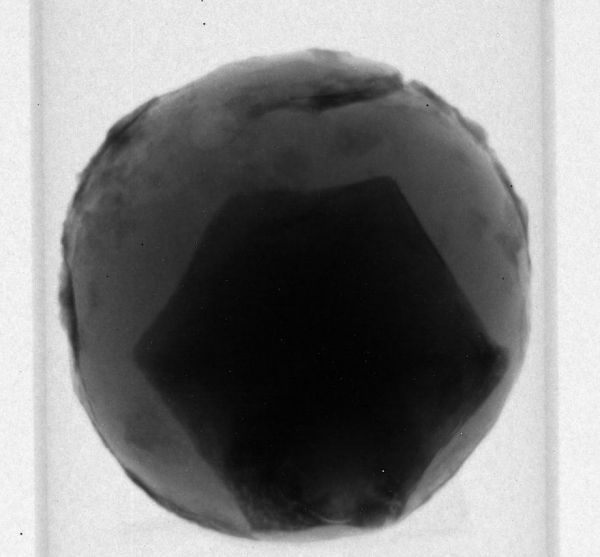
In 1971, marine archaeologists found the Mary Rose. For a 400-year old shipwreck, she was in excellent condition. At great expense, they raised the ship. She and the artifacts found inside were put on display at a dedicated museum.
Recently, archaeologists found something else noteworthy from the wreck. Some of the lead cannonballs have iron cores. They suspect that these balls were armor piercing rounds designed to poke deep holes in enemy ships. This possibility fascinates them because it was previously thought that armor piercing rounds were not developed until the late 1800s. The Telegraph explains:
The cannonballs would have worked much like a modern-day armour-piercing round — the soft outer material, in this case lead, would have deformed on impact, throwing the hard iron core through the armour plating.
The trust hopes to conduct tests at the The Royal Armouries to try to better understand the damage they would have inflicted. […]
Professor Susan Kilcoyne, a physicist at the University of Huddersfield, discovered the iron cores using high powered equipment that fired neutrons at the cannonballs, allowing her to see through the lead, which is impenetrable to X-rays.
She now hopes to use similar techniques to examine whether the iron inside the cannonballs has been cast or was worked by blacksmiths to harden it.
This should help to reveal whether the iron was used purely to lower costs or had deliberately hardened to increase the amount of damage that could be inflicted.

No comments:
Post a Comment